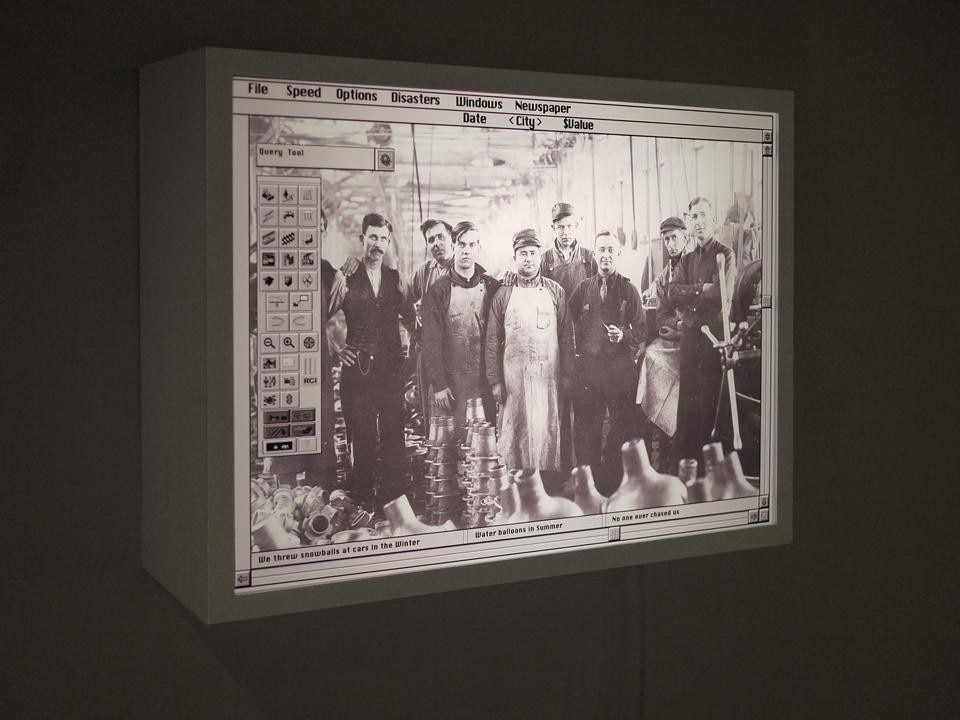That said, a certain value develops around the anti-Icon: the overlooked, the hole-in-the-wall, the before-it-gets-discovered, the once-discovered-now-forgotten, or the beautifully decomposing. In face of Urban Celebrity, symbols of anonymity, or grittiness as opposed to glossiness, can carry with them a certain pride or romanticism. But when the anti-Icon fronts the same magazine covers and tops the same pedestals as the Icon, it becomes a paradox and cliché in itself: consider the phenomenon of "ruin porn" (and the backlash against it), in which hard-hit cities like Detroit are photographed for their deserted and depressed urban remains. Is it appropriate to celebrate the Anti-Icon? When (if ever) does documentation of place equate with its exploitation?
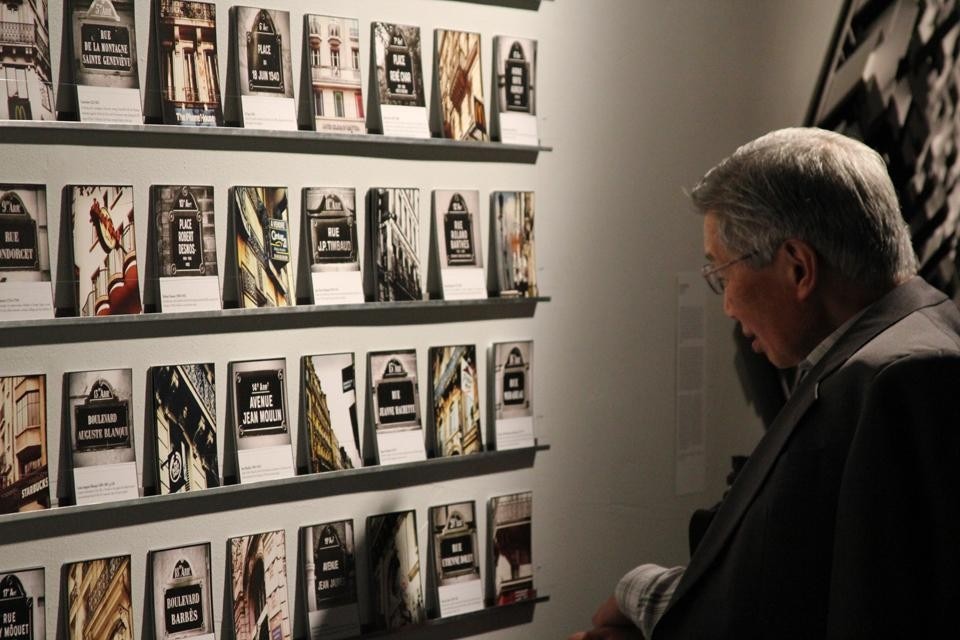
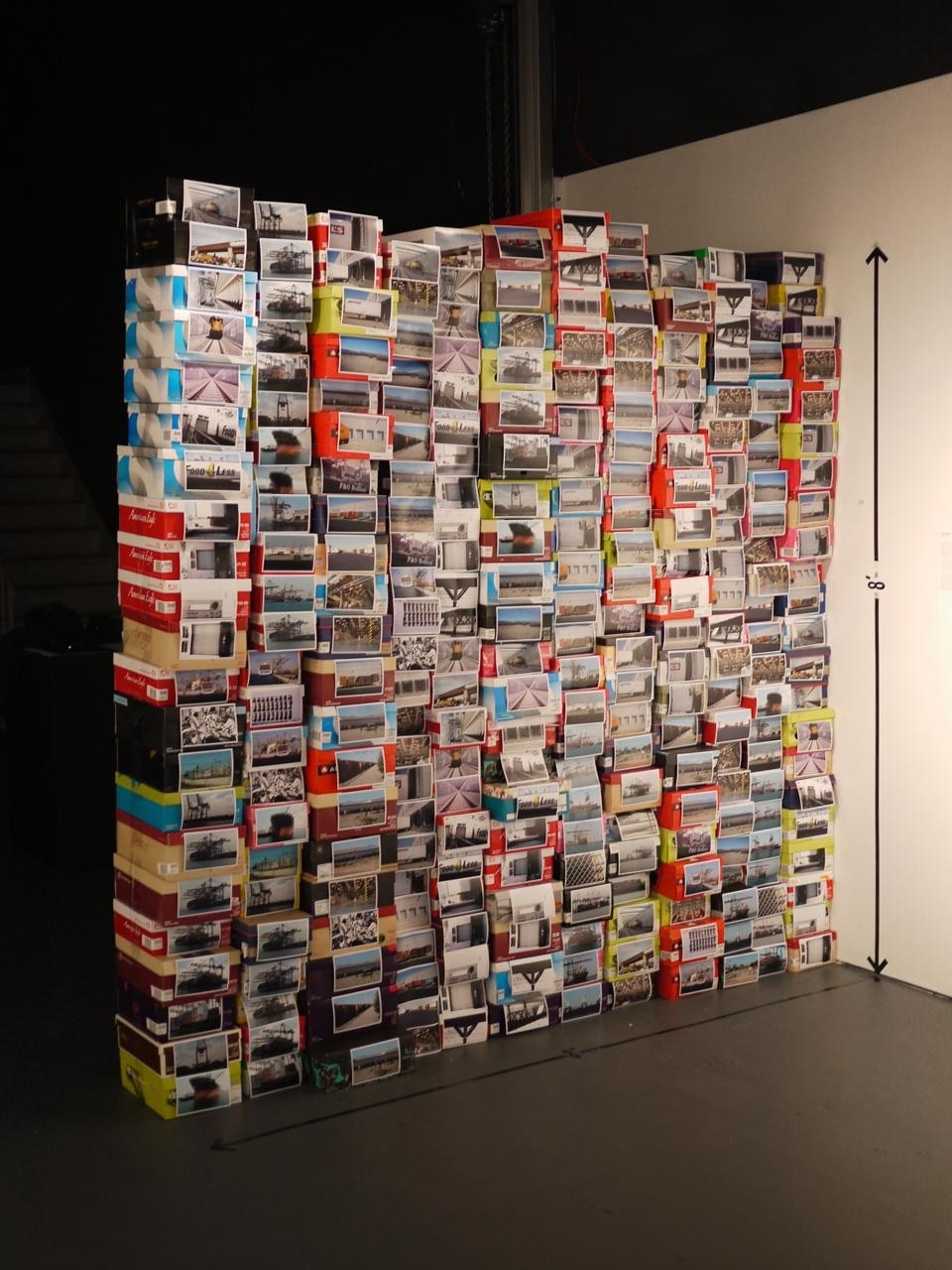
A viewer senses just how serious the curators were when they promised to deliver "alternative viewpoints" — indeed, this exhibition is cohesive in concept, but not in vision, which is exactly the point
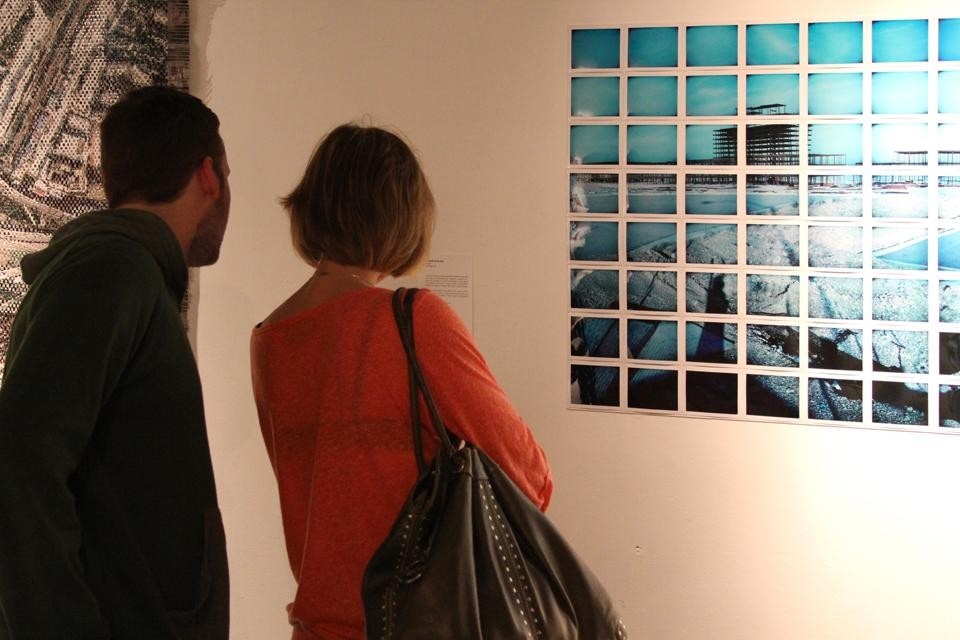
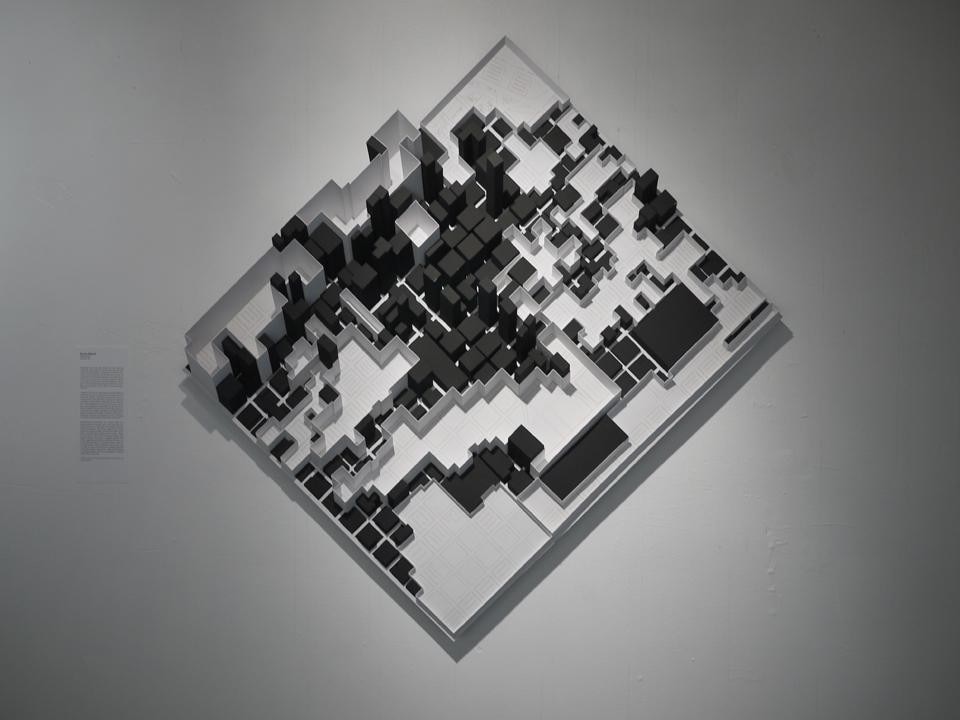
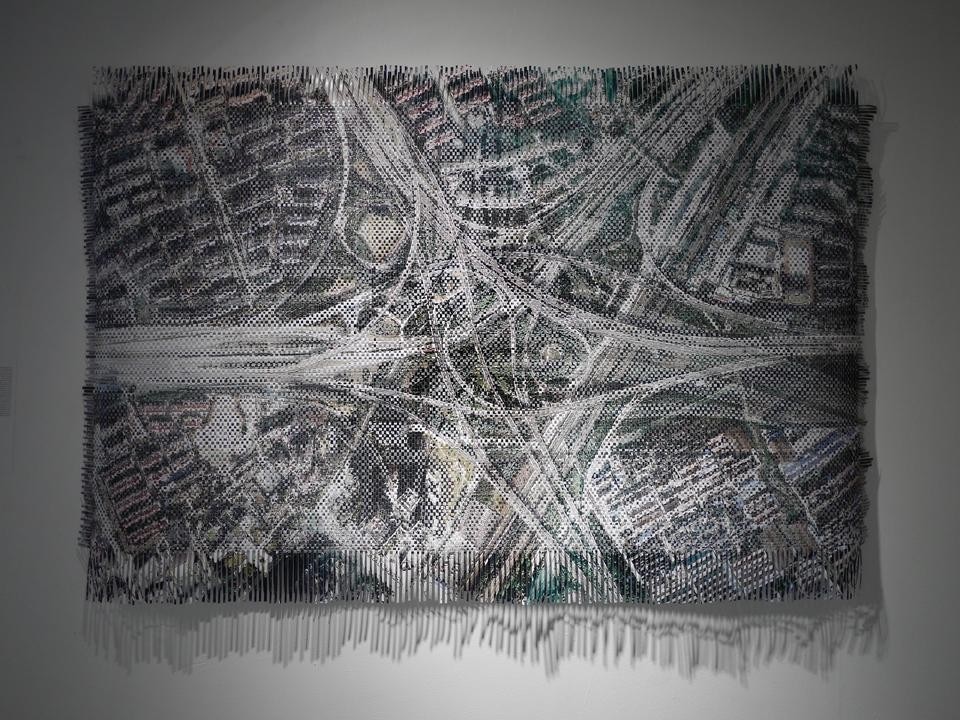
WUHO Gallery
Los Angeles
Through 25 March 2012


